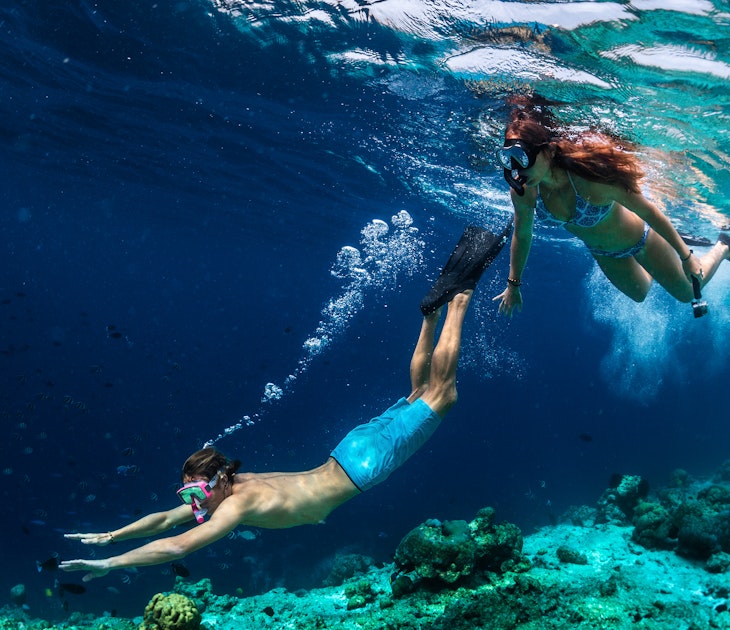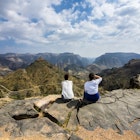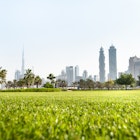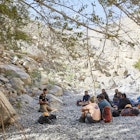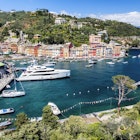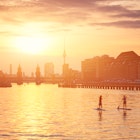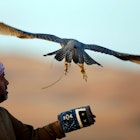Oil, shopping malls and skyscrapers long ago upstaged the vast Arabian Desert from which the city of Dubai grows. In recent years though, a conservation movement – headed by the ruling sheikh himself – has seen the development of Dubai Desert Conservation Reserve, the country's first national park, a fragile ecosystem every bit as awe-inspiring as the towering metropolis.
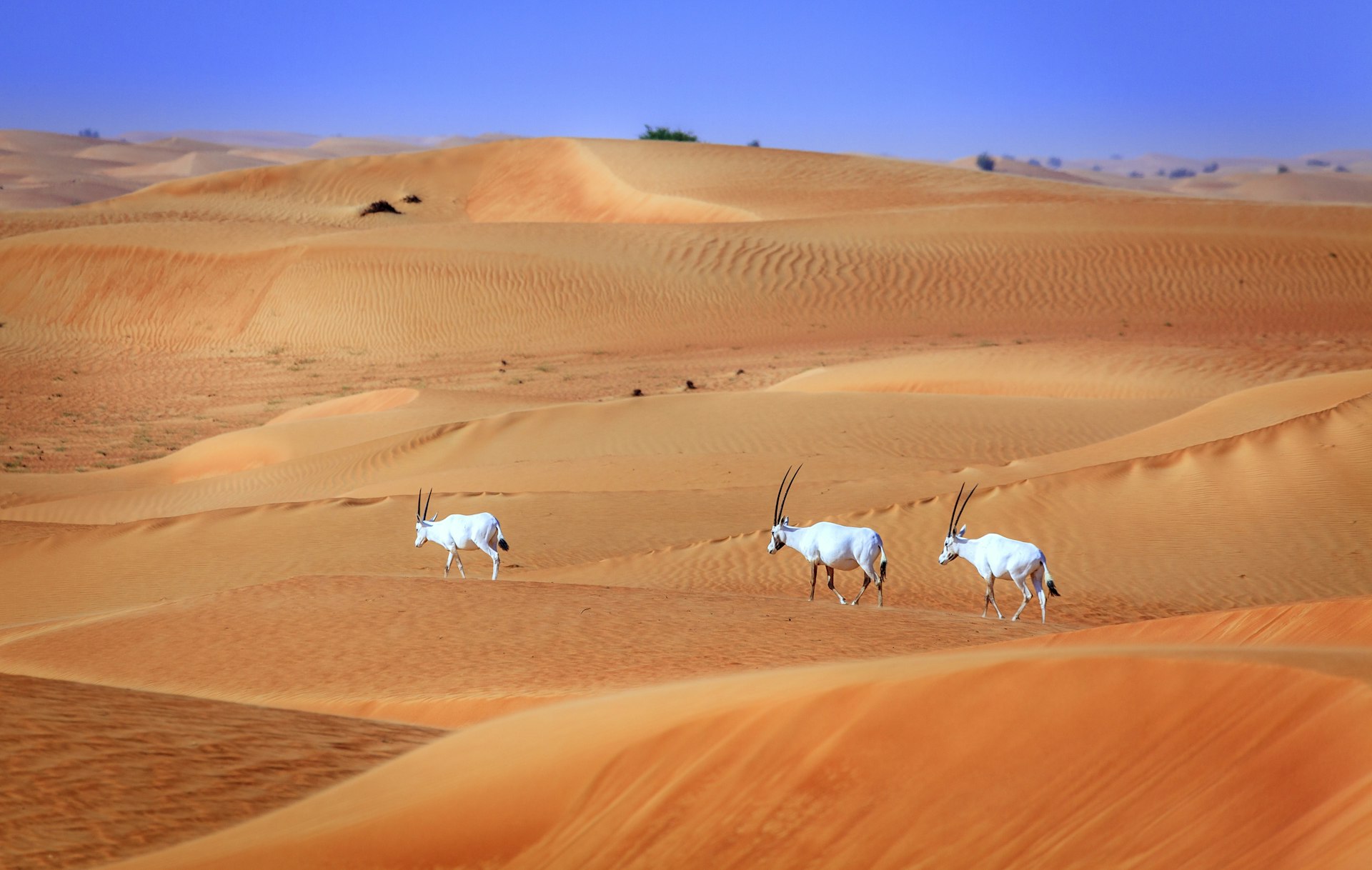
The Dubai Desert Conservation Reserve located an hour's drive inland from Dubai, was once a vast camel farm. Inspired by South African game reserves, Sheikh Mohammed bin Rashid Al Maktoum purchased all 87 square miles (225 square kilometres) in 1997, evicted the camels and had the entire area (roughly 5% of the country) fenced off to protect indigenous species.
Since then, more than 6000 trees have been planted (camels have a habit of eating or stomping on everything), and the vital ecosystem of grasses and shrubs has regenerated. Wildlife has followed: residents of the reserve include the statuesque Arabian gazelle, its cousin the San gazelle and a plethora of other unusual fauna like the Ethiopian hedgehog, side-winding vipers, Rueppell's fox and curious sand cats.

Invigorated by new foliage, the desert itself is returning to its natural (and remarkably varied) state. The austere beauty of rocky plains is a stark contrast to the shifting sand dunes, whose ever-changing form make it impossible for all but local Bedouin to navigate. Fortunately, a team of field guides are at hand to ensure visitors never end up as fodder for the ghoulishly named leper-faced vultures, their morbid visages surrounded by a buzzing mist of flies.
One of the guides, Jorg Shaffler, explains that while Arabian fauna may look similar to their African cousins, there are some key differences. In Dubai, temperatures routinely reach 120°F (49°C) and, as a result, the animals have evolved to be especially drought resistant. 'The African Oryx would die if you brought it here. They're not the same animal as the Arabian Oryx,' Shaffler explains.

Though the national park is new, it has actually been famous for wildlife for millennia. 'This is where Julius Caesar collected his lions to fight the Christians in the Coliseum,' says Shaffler. 'Arabian lions were only about the size of a St Bernard so, if you were a really big guy, you might have a had a chance at winning.'
Sadly the lion is no more, but there have been some encouraging success stories. Even before the park was built, the population of Arabian oryx was teetering on the verge of extinction. The Sheikh's father made the drastic move of shipping the last remaining population to the US to breed them in secure conditions. When the reserve was formed a few years later, he brought them back where their numbers have now tripled. It's an unprecedented recovery that has helped make Dubai Desert Conservation Reserve the pride of the United Arab Emirates – and even more crucially, given this ancient desert a new lease on life.
Last updated in August 2017

